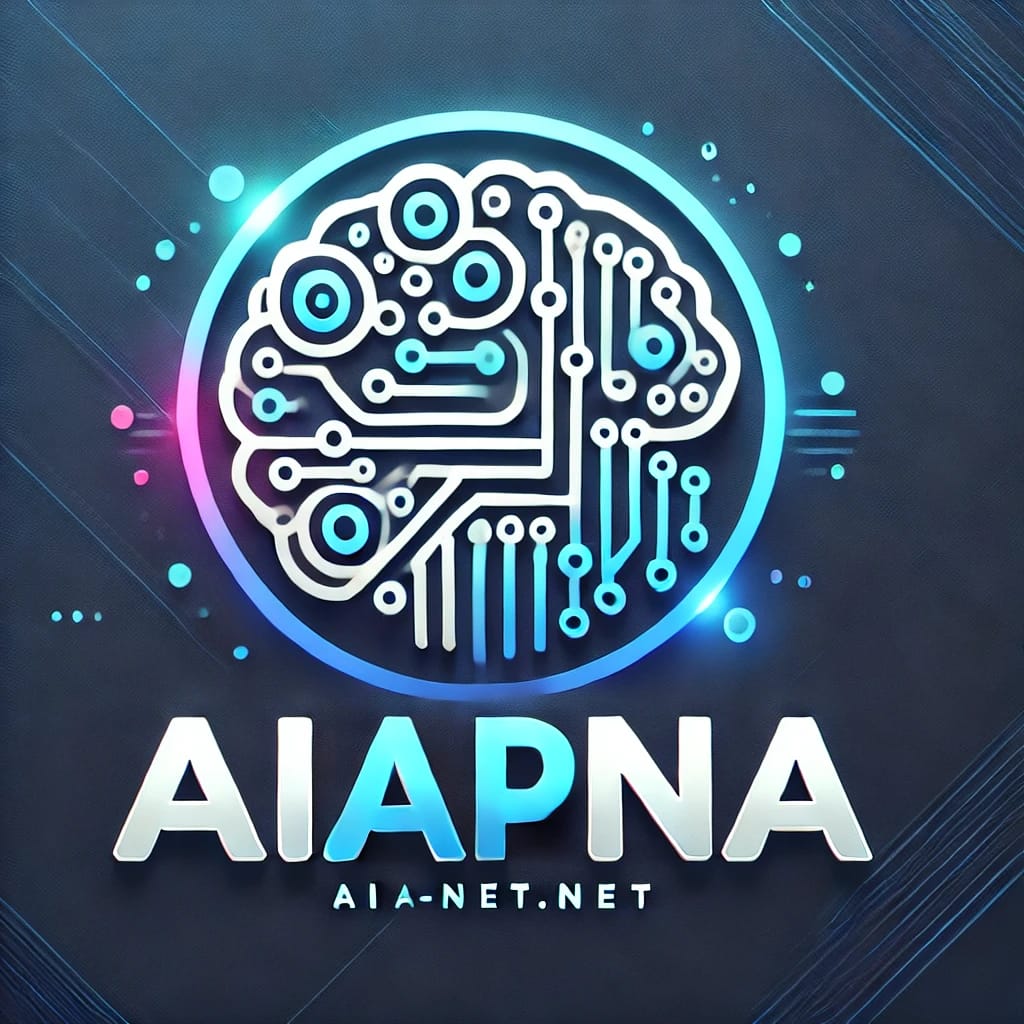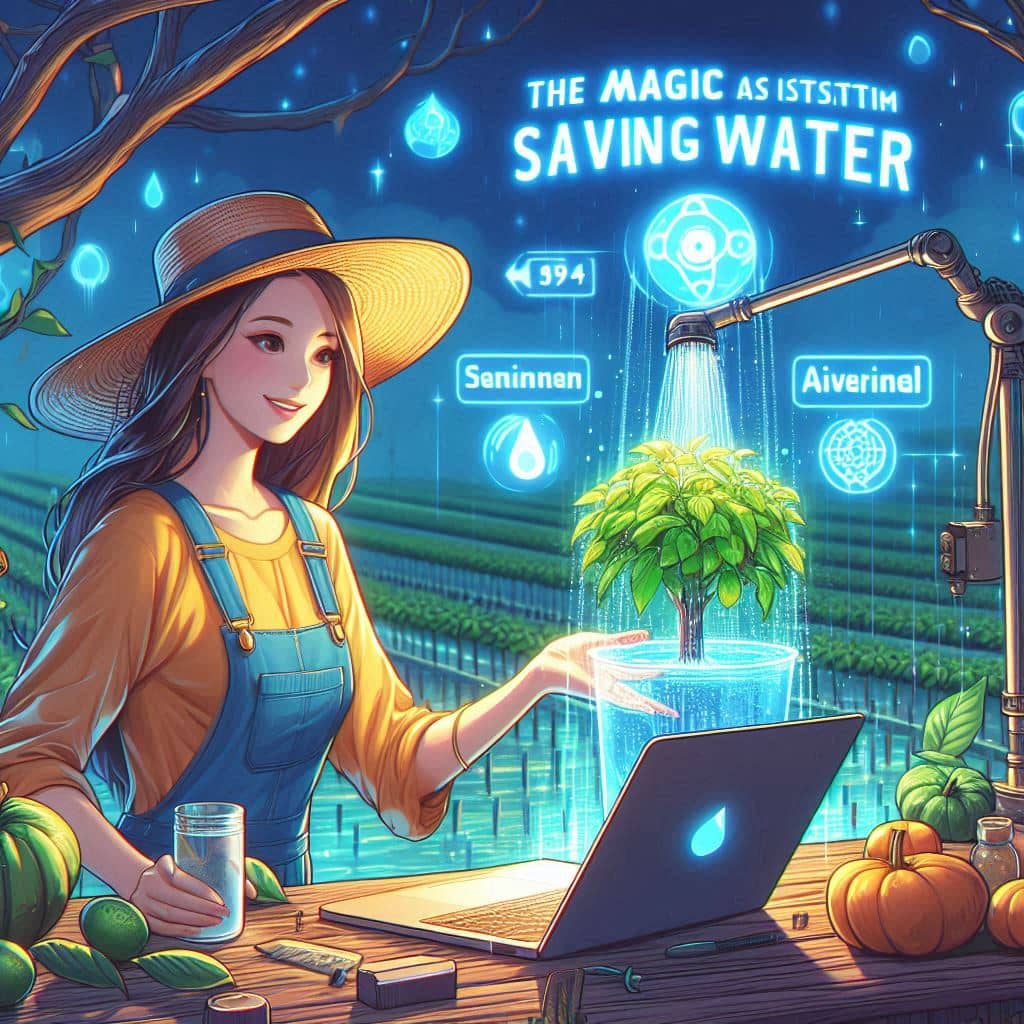AI in Agriculture: An Introduction
Did you know that by 2050, the global population is expected to reach 9.7 billion, requiring a 70% increase in food production? With limited arable land and water resources, how can we meet this demand? The answer lies in Artificial intelligence.
AI is emerging as a game-changer in agriculture, empowering farmers to make smarter decisions, optimize resources, and boost productivity. From predicting weather patterns to detecting crop diseases, AI is revolutionizing farming practices worldwide. In this article, we’ll explore how AI is transforming agriculture and how farmers across the globe can benefit from this cutting-edge technology.
READ ALSO :2024 YR4: Asteroid to hit Earth in 2032? What did NASA say?

What is AI, and Why is it Crucial for Agriculture?
Artificial Intelligence (AI) refers to the ability of machines to mimic human intelligence, enabling them to learn, analyze, and make decisions. In agriculture, AI is being used to:
- Solve problems quickly, such as identifying crop diseases.
- Optimize resource usage, including water, fertilizers, and seeds.
- Predict future trends, such as weather patterns and market demands
With the global farming community facing challenges like climate change, labor shortages, and declining soil health, AI offers innovative solutions to ensure food security and sustainability.
7 Key Applications of AI in Agriculture
1. Crop Monitoring: Drones and Sensors
AI-powered drones and sensors are transforming crop monitoring. Equipped with high-resolution cameras and sensors, drones capture detailed images of fields, providing insights into crop health, soil conditions, and water requirements.
- Example: In India, farmers in Maharashtra are using drones to monitor sugarcane fields, resulting in a 20% increase in productivity.
- Global Impact: In the U.S., companies like John Deere are using AI-driven drones to analyze large-scale farms, helping farmers detect issues like nutrient deficiencies or pest infestations early.
Weather and Crop Forecasting
AI models analyze historical weather data, soil moisture levels, and crop records to provide accurate forecasts. This helps farmers plan planting and harvesting schedules more effectively.
- Benefit: Farmers can predict rainfall patterns and choose crops that are best suited for the upcoming season.
- Global Example: In Africa, AI-powered platforms like aWhere provide smallholder farmers with hyper-local weather forecasts, enabling them to mitigate risks from unpredictable weather.
Automated Machinery: Robotic Harvesters
AI-powered tractors and harvesters are revolutionizing farming operations. These machines can perform tasks like planting, weeding, and harvesting without human intervention.
- Example: In Japan, Robotic Harvesters are being used to pick strawberries with precision, reducing labor costs and minimizing crop damage.
- Global Trend: Companies like Agrobot and Harvest CROO are developing autonomous harvesters for crops like lettuce and grapes, ensuring efficiency and reducing food waste.
Soil Health Analysis
AI tools analyze soil samples to determine nutrient levels and recommend the right amount of fertilizers. This ensures optimal soil health and reduces overuse of chemicals.
- Example: In India, the government’s Soil Health Card Scheme is being integrated with AI to provide farmers with personalized soil health recommendations.
- Global Impact: Startups like Trace Genomics in the U.S. are using AI to analyze soil microbiomes, helping farmers improve soil fertility and crop yields.
Pest and Disease Control
AI-powered apps can scan images of crops to detect diseases or pest infestations. This allows farmers to take timely action and prevent crop losses.
- Example: The Plantix app, used by farmers in India, identifies crop diseases with 90% accuracy.
- Global Use Case: In Brazil, AI is being used to monitor soybean crops for diseases like rust, saving farmers millions of dollars annually.

Smart Irrigation Systems
AI-based irrigation systems use sensors to measure soil moisture levels and automatically water crops when needed. This reduces water wastage and ensures efficient water use.
- Example: Farmers in Rajasthan, India, have saved 35% of water by adopting AI-driven irrigation systems.
- Global Adoption: In Israel, companies like Netafim are using AI to optimize drip irrigation, making it a global leader in water-efficient farming.
Market Price Prediction
AI analyzes market data to predict future price trends for crops. This helps farmers decide which crops to grow for maximum profitability.
- Example: In Kenya, the FarmDrive platform uses AI to provide smallholder farmers with market insights, helping them make informed decisions.
- Global Trend: Platforms like Gro Intelligence are using AI to predict global commodity prices, benefiting farmers and traders alike.
How to Get Started with AI in Agriculture?
- Leverage Government Initiatives: Many governments are promoting AI in agriculture through subsidies and training programs. For example, India’s Digital India and AI for All initiatives are helping farmers adopt AI technologies.
- Use Mobile Apps: Download AI-powered farming apps like CropIn, AgriApp, and FarmLogs to access real-time insights and recommendations.
- Collaborate with Local Agricultural Centers: Many agricultural extension services offer training on AI tools and technologies.
Challenges and Solutions
Challenge 1: High Cost of AI Technology
Solution: Governments and NGOs are providing subsidies and grants to make AI tools affordable for smallholder farmers.
Challenge 2: Limited Internet Access
- Solution: Offline AI tools, such as SMS-based services, are being developed to reach farmers in remote areas.
Challenge 3: Lack of Awareness
- Solution: Educational campaigns and workshops can help farmers understand the benefits of AI and how to use it effectively.
The Future of AI in Agriculture: A Global Perspective
The global AI in agriculture market is projected to reach $7.8 billion by 2028, driven by the increasing adoption of precision farming techniques. From smallholder farmers in Africa to large-scale agribusinesses in the U.S., AI is leveling the playing field and creating new opportunities for sustainable farming.
- Trend: The integration of AI with IoT (Internet of Things) and blockchain is enabling end-to-end traceability in the food supply chain, ensuring transparency and quality.
- Innovation: Startups like Blue River Technology are developing AI-powered robots that can identify and remove weeds, reducing the need for herbicides.
Conclusion: How To Use Ai In Agriculture Revolutionizing Farming for a Sustainable Future
AI is not a magic wand, but it is a powerful tool that can help farmers overcome challenges and achieve sustainable growth. By adopting AI-driven solutions, farmers can increase yields, reduce costs, and contribute to global food security.
Start small—use a drone to monitor your fields, download a farming app, or install a smart irrigation system. Remember, today’s investment in AI is tomorrow’s bountiful harvest. Together, let’s harness the power of AI to build a sustainable and prosperous future for agriculture worldwide.

